In the last month, I have been fortunate to visit two sandbelt golf courses and participate in walks around the course with the head super and ground staff, focusing on the native vegetation. These walks occur at several Clubs around this time of year, and focus primarily upon the Spring flowers which abound among the swathes of heath and vegetation bordering the playing areas The walks have shed an interesting light on the courses and the staff who care for them.
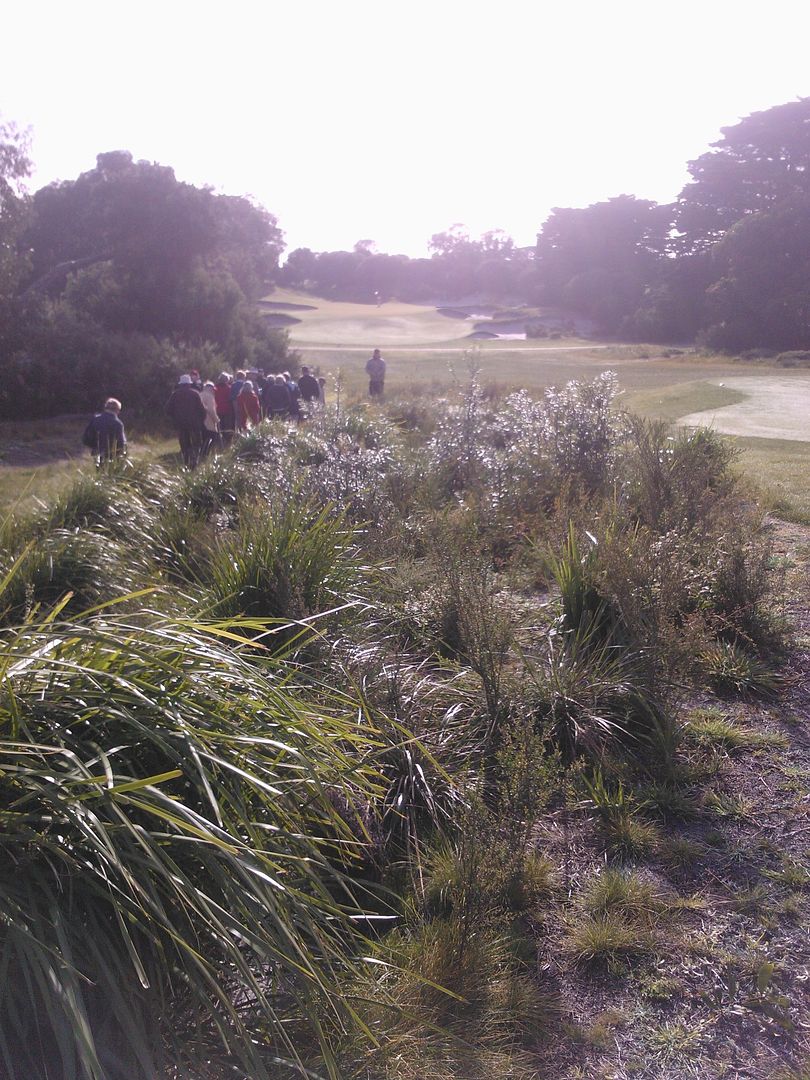
The level of knowledge possessed by the guys at Kingston Heath & Royal Melbourne in particular is astounding. They are acutely aware of many species, sometimes lying between tee and fairway, immediately adjacent to greens, or often dozens of metres from the fairways, in the most unlikely places. These species look like weeds to all but the uninitiated, and would easily be passed by or walked over by golfers mid-round. They can be as exotic as Donkey orchids, milk maids, chocolate lilies and green hooded orchids, ground covers like running postman, or more sizeable species like common heath, wedding bushes, or Xanthorrea minor. Native grasses such as Austrastipa are seen closer to the fairways, as are larger trees such as Leptospermum, Melaleuca, Acacia, Corymbia and Eucalypts.
Austral bracken

Green hooded orchids
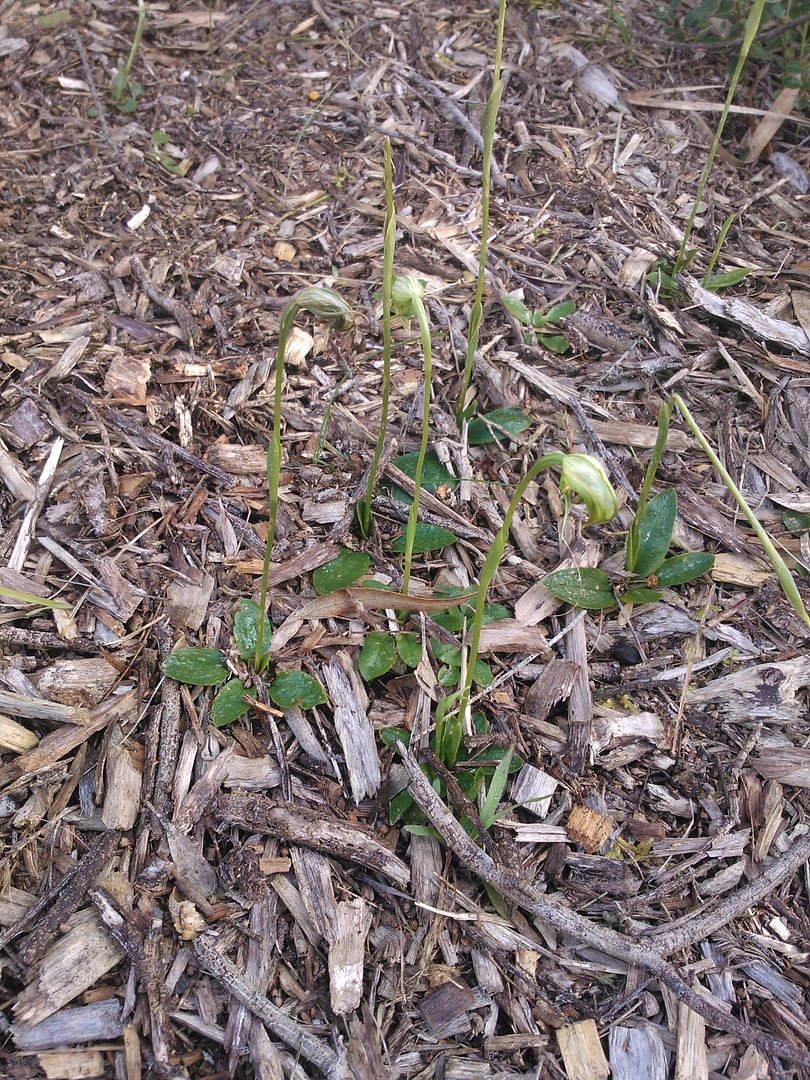
The Sandbelt ground staff balance several important tasks. They eradicate poa from greens, set pins, maintain tees, collars, fairways and greens, and other tasks. They possess architectural knowledge and agronomic skill. They also serve as custodians of very important repositories of beautiful native (and sometimes endangered) indigenous flora. They must juggle these responsibilities, ensuring an appropriate playing field, while also managing the local micro-environment. And the vast array of fauna that call this their home - a point highlighted in part by the many bird boxes, possum boxes and bat boxes in trees around some courses. And the establishment of a role for KH Botanist (Peter Murray).

(Note the total absence of any ground level vegetation beneath the non-indigenous Cypress tree in the distance, in stark contrast to the adjacent area between 7 & 17 greens).
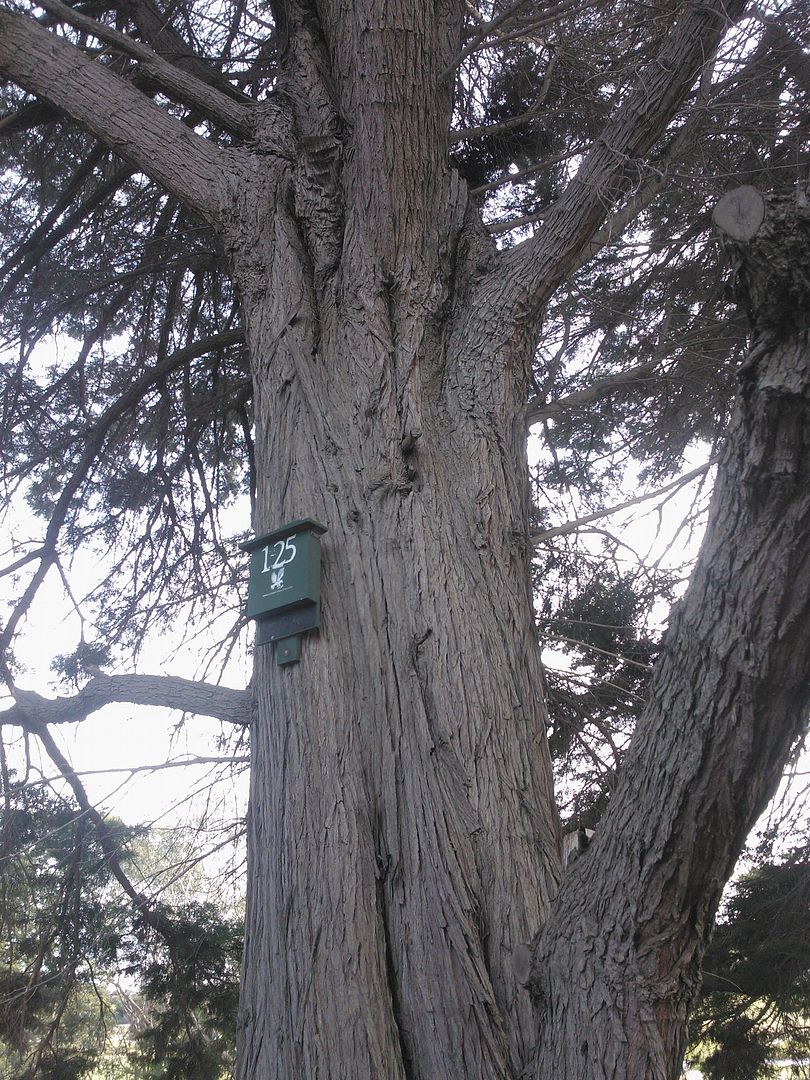
RM's vegetation management is a little different to most other sandbelt clubs on close inspection. There are not large areas of exposed sand, as is becoming the norm at other courses in the region.
The area of tea-tree between 1W and 18E at RM has seen a thinning of the canopies, and removal of some trees in 2014. Somewhere between 500 and 800 tubestock has been planted so as to faithfully revegetate this zone, while not detracting from playability.
There are large areas of natural, unkempt native vegetation, which add a rich and unique texture to the East, and particularly, the West course. Bracken, heath, grasses, wildflowers, Banksia and other low-growing coastal shrubs, and native ground cover abound. Much to the excitement of non-golfing, botanically minded visitors who participated in these walks. And to those who think golf architecture nerds are a strange, excitable lot - the green thumbs are possibly more so!
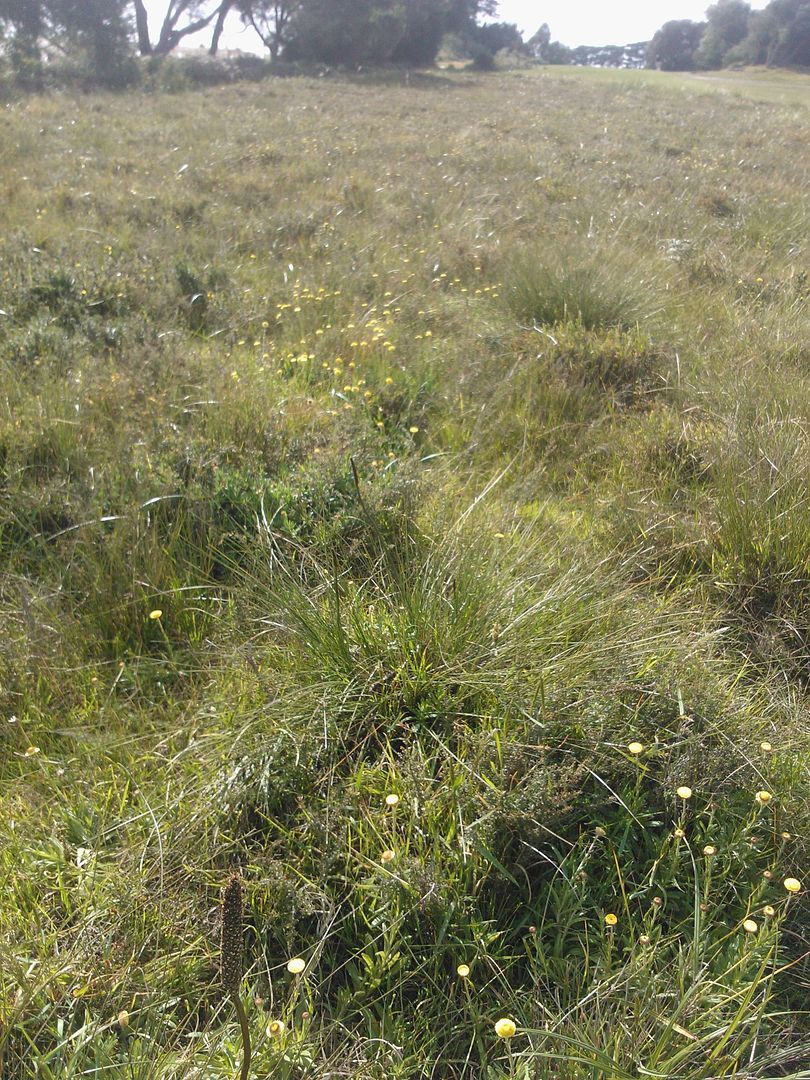
At KH there have been several rare species nurtured and propagated, hopefully to the stage where their on-course numbers grown considerably for the next generation or two of golfers.
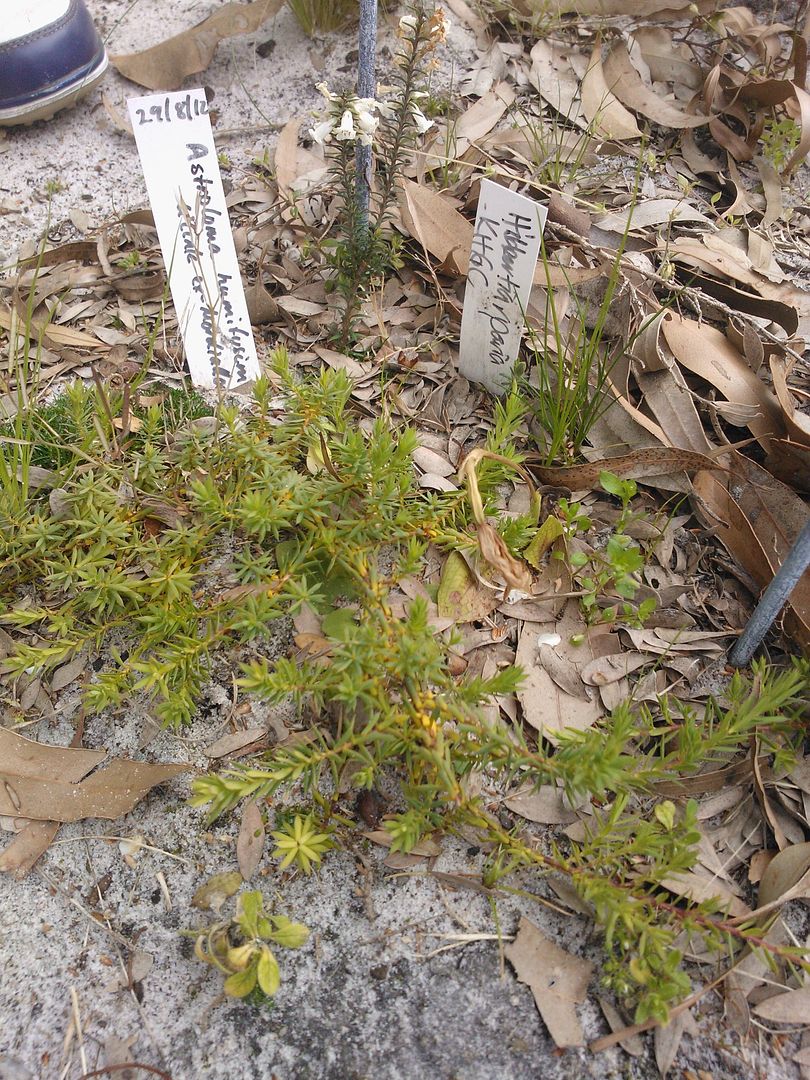
Chocolate lilies at KH
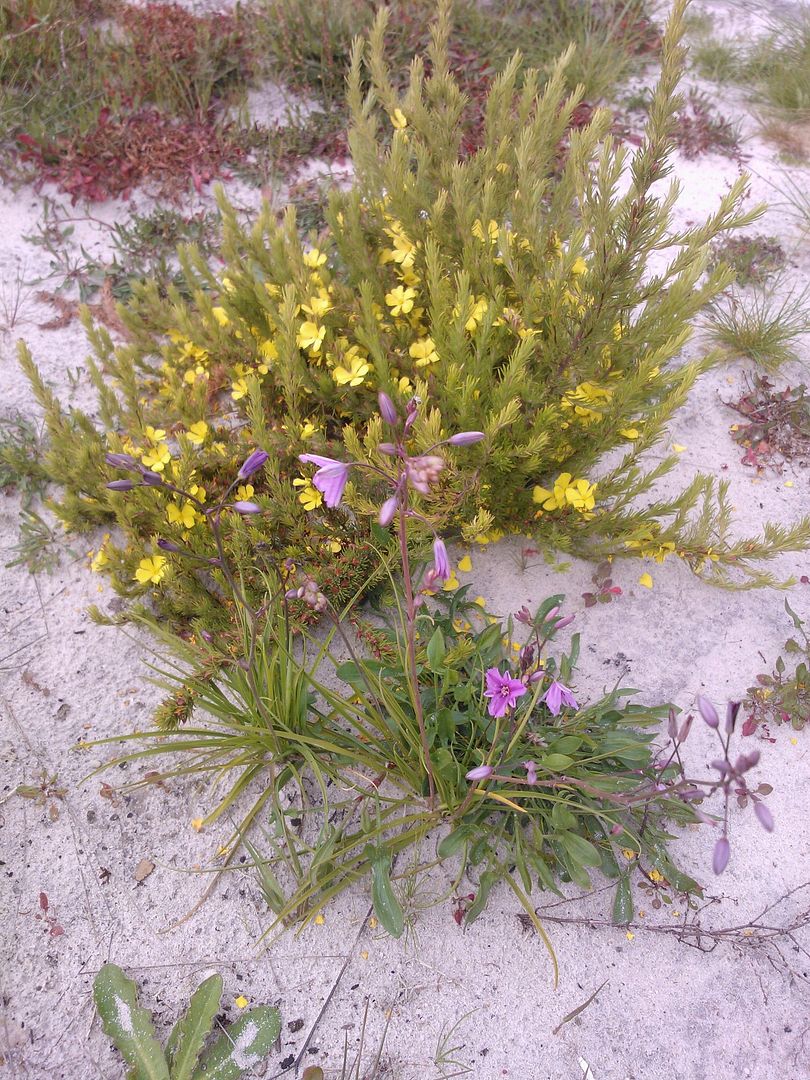
Below are some more images from the walks. If the opportunity arose for any of you to attend one of these walks in future, I would strongly recommend doing it. The chance to learn new things about a course, and develop a greater appreciation of the broad and detailed skills possessed by our course supers and their staff should not be missed.
The fascinating bird orchid. It has at it's centre a small, black, sent-emitting lobe which to male insects, seems like a female insect. The males enter, get pollen on their legs, then spreads the pollen when it visits the next plant!

Areas of remnant heathland, regenerating after a controlled burn years ago.
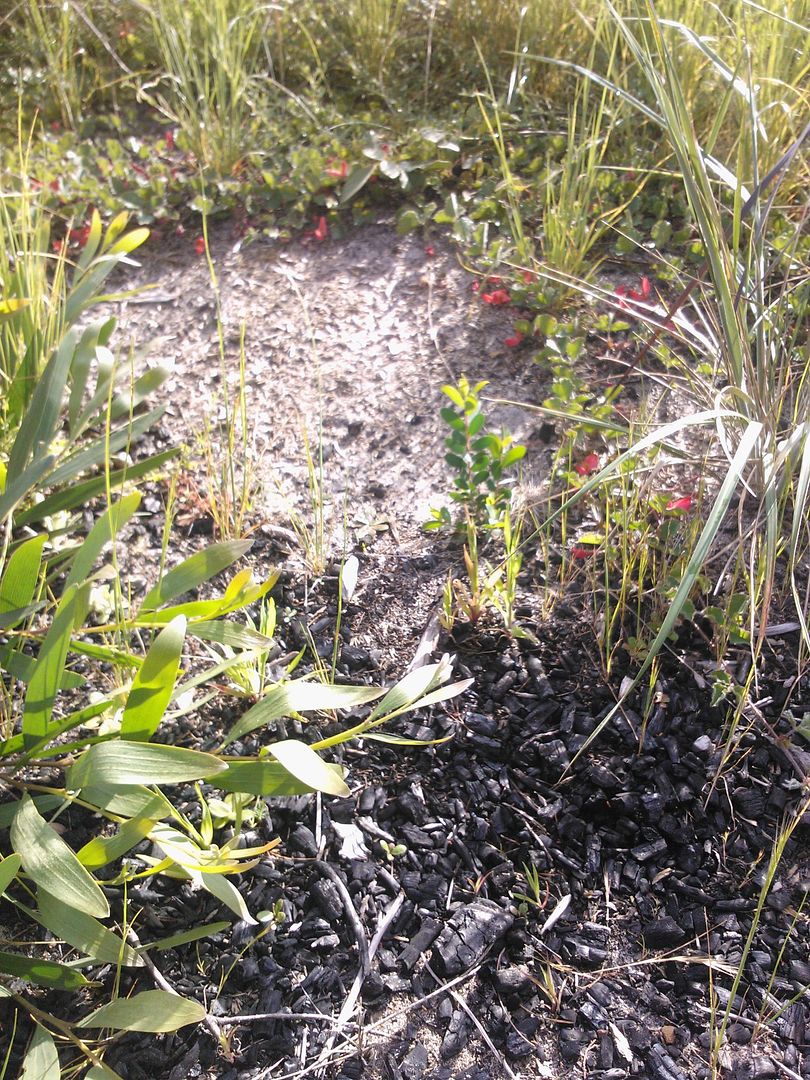
Wedding Bush
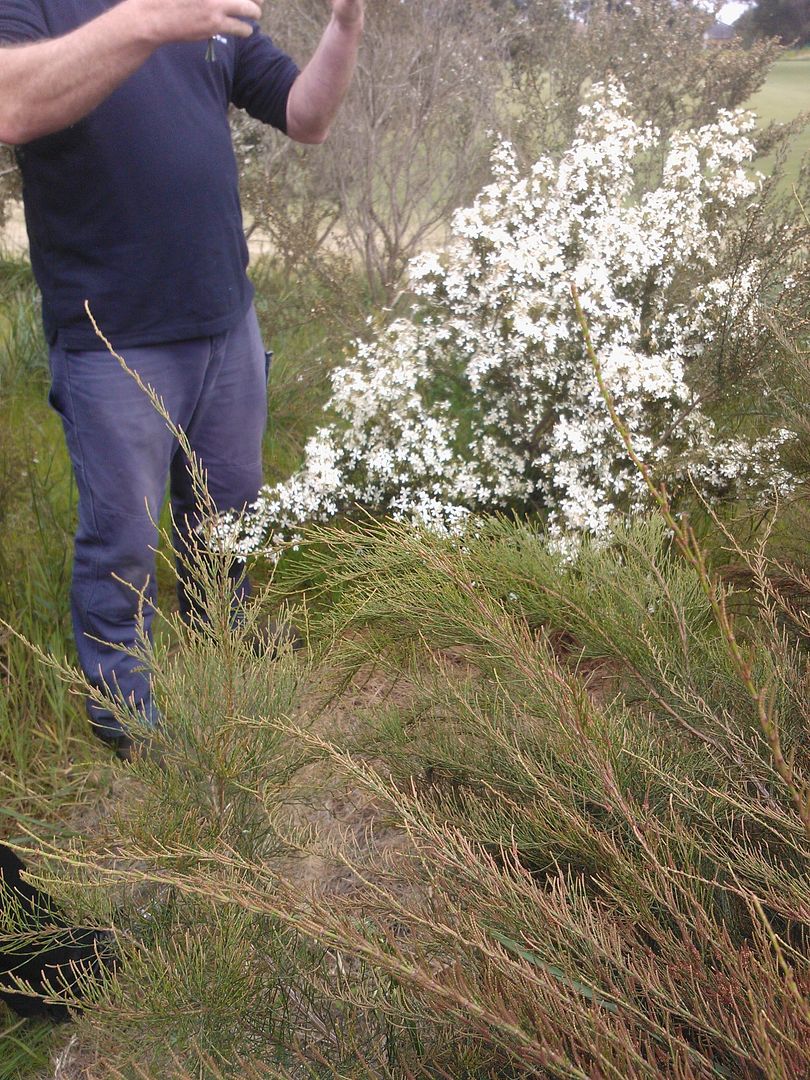
Heath
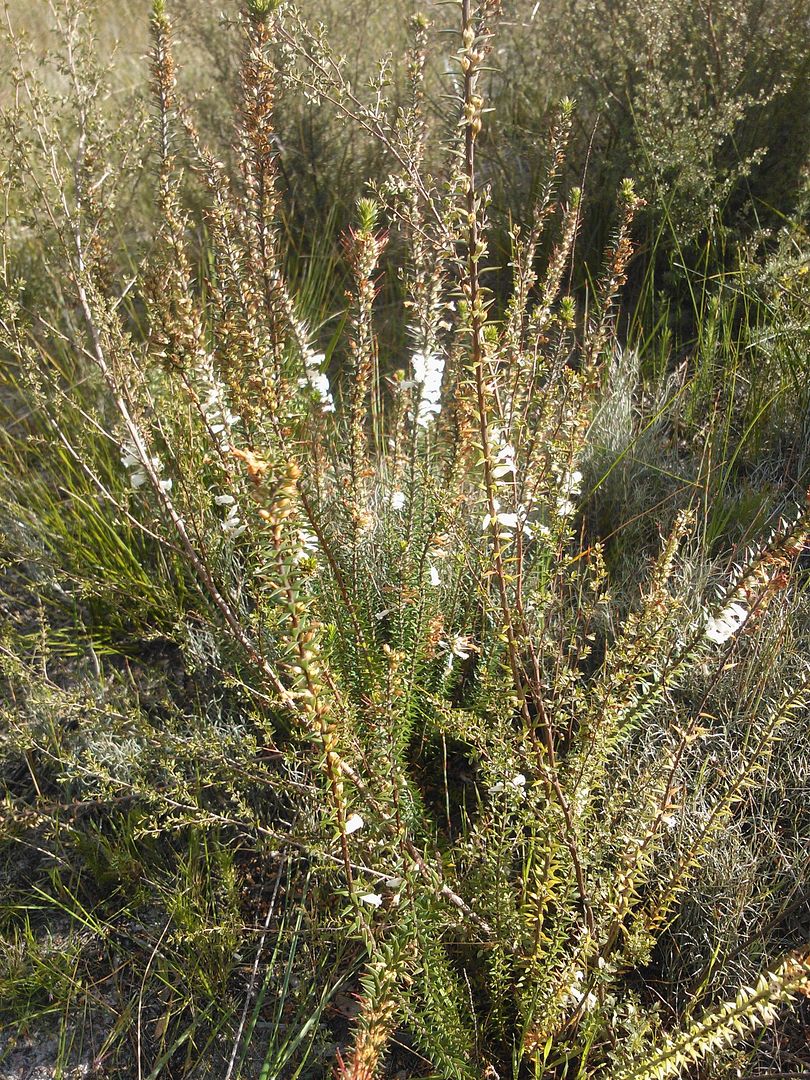
Xanthorrea minor - relative of the Grass Tree, which must be many years old.

Trigger plant

Bossiaea (Bush Pea or Egg & Bacon)
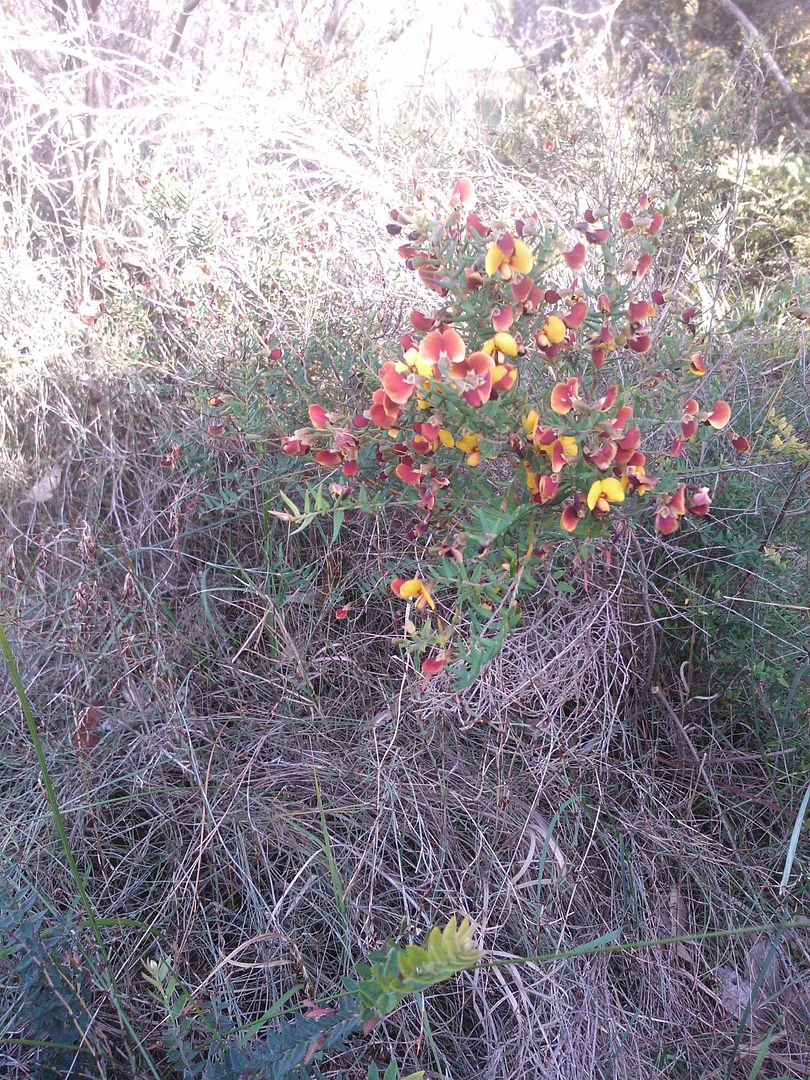
Milkmaids
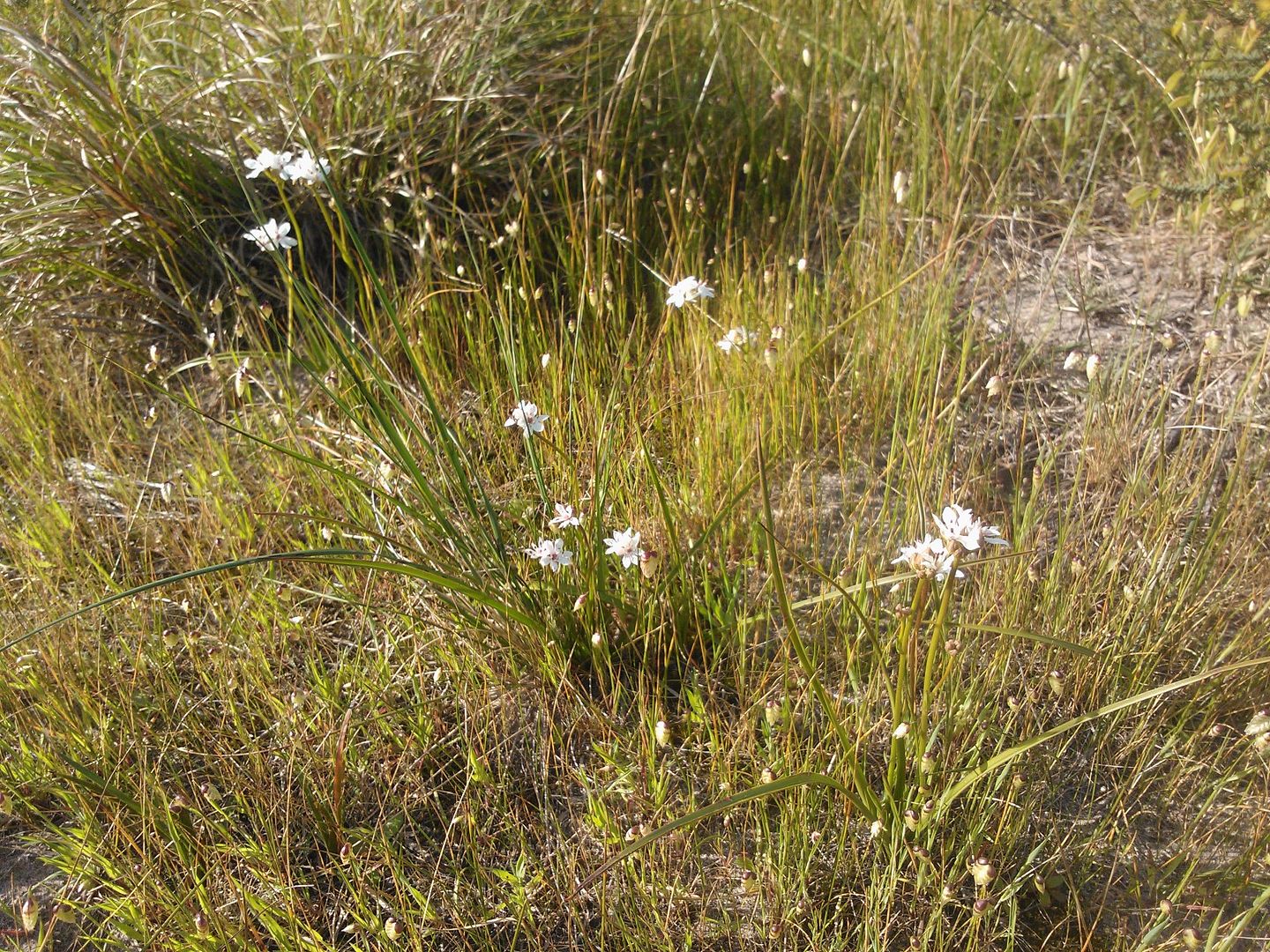
MM